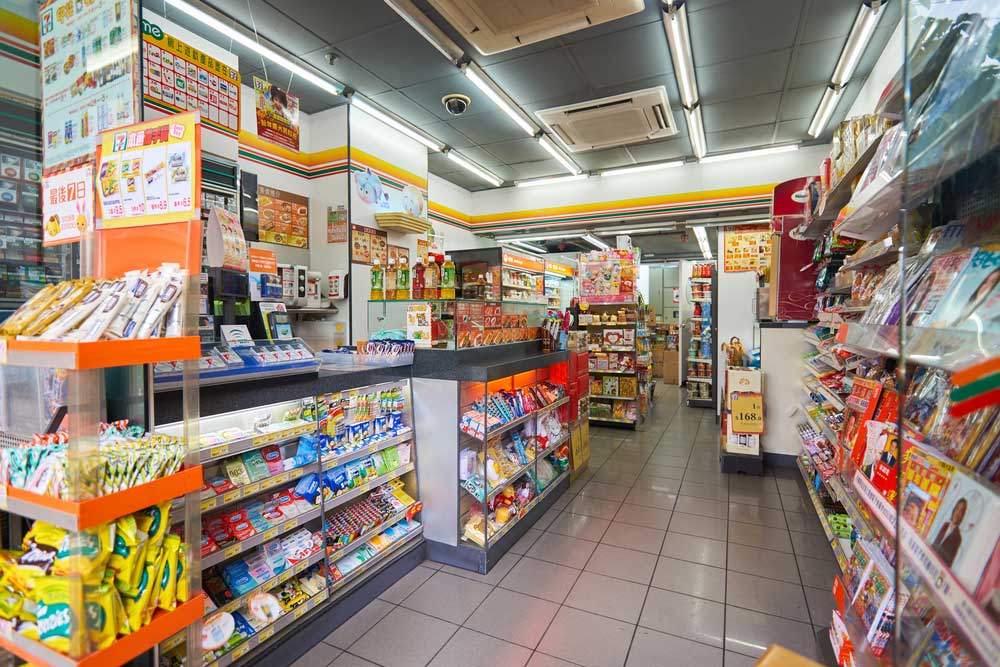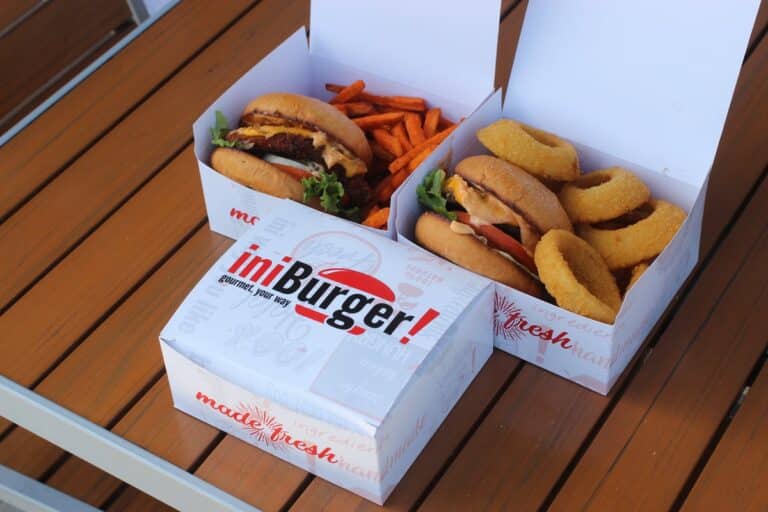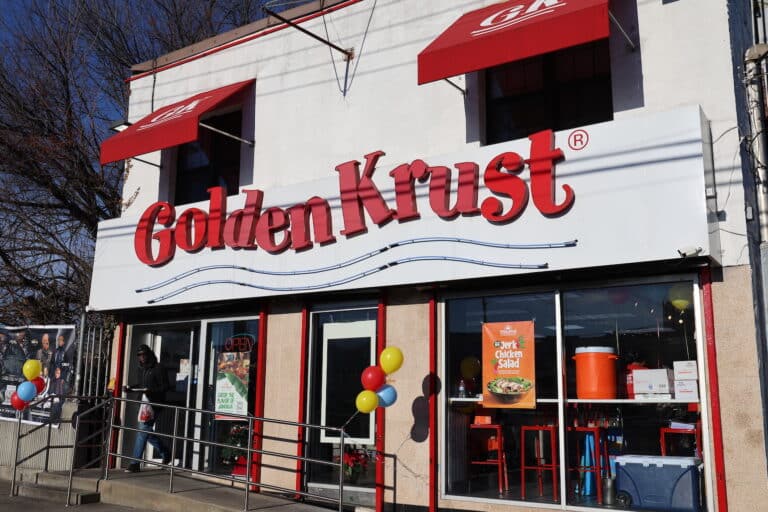SWOT Analysis for a Convenience Store (Example)

A SWOT analysis is crucial for developing a business plan for a convenience store. This analysis, which stands for Strengths, Weaknesses, Opportunities, and Threats, helps in understanding both internal and external factors that can impact your business. Strengths and weaknesses are internal to the business, while opportunities and threats are external.
In this article, we will explore various examples of strengths, weaknesses, opportunities, and threats, aiding convenience store owners in incorporating these insights into their business strategies.

Strengths
Highlight the strengths that set your Convenience Store apart, ensuring customer satisfaction and repeat business.
- Strategic Location: A prime location with high foot traffic is a significant strength, attracting a steady flow of customers.
- Example: Showcase your store’s convenient location in marketing materials, emphasizing ease of access for customers.
- Diverse Product Range: Offering a wide range of products, from groceries to quick meals, caters to varied customer needs.
- Example: Highlight the diversity of your product offerings in store displays and promotional campaigns.
- Extended Hours: Operating for extended hours or 24/7 can give you an edge over competitors, catering to customers at all times.
- Example: Promote your store’s long opening hours, especially during holidays or special events, to attract more customers.
- Loyal Customer Base: Having a loyal customer base can be a major advantage in driving consistent sales.
- Example: Implement a loyalty program to reward regular customers and encourage repeat visits.
Weaknesses
Address weaknesses to strengthen your Convenience Store for enduring success.
- Limited Space: Smaller store size can limit product range and inventory.
- Example: Optimize shelf space and regularly rotate products to maximize variety and freshness.
- Competition from Larger Retailers: Competition from supermarkets and big-box retailers can be challenging.
- Example: Focus on unique products, convenience, and personalized customer service to differentiate your store.
- Dependency on Local Market: Being heavily reliant on the local community can be risky if the market dynamics change.
- Example: Diversify your customer base by targeting different groups, such as tourists or commuters, if applicable.
- Operational Costs: Managing operational costs, including utilities and staffing, can impact profitability.
- Example: Implement cost-saving measures and efficient operational practices to manage expenses.
Opportunities
Seize opportunities to enhance and expand your Convenience Store.
- Trend Towards Local Shopping: The growing trend of shopping locally presents an opportunity to attract more customers.
- Example: Market your store as a local, community-focused alternative to large chains, emphasizing local products and personal service.
- Expanding Product Lines: Introducing new products or services, like lottery tickets or postal services, can attract new customers.
- Example: Survey customers to identify potential new offerings and introduce them to meet unfulfilled needs.
- Partnerships with Delivery Services: Collaborating with delivery services can expand your reach and offer convenience to customers.
- Example: Partner with local delivery apps to offer your products to a wider audience and enhance customer convenience.
- Health and Wellness Trends: Catering to health-conscious consumers by offering healthier product options can tap into a growing market.
- Example: Introduce a range of healthy snacks, organic products, or dietary-specific items to attract health-focused customers.
Threats
Prepare for potential threats to ensure the resilience of your Convenience Store.
- Economic Fluctuations: Economic downturns can affect consumer spending habits, impacting sales.
- Example: Offer promotions or value deals to attract budget-conscious customers during economic downturns.
- Changing Consumer Preferences: Shifts in consumer preferences can impact product demand.
- Example: Stay informed about consumer trends and adapt your product offerings to meet changing preferences.
- Regulatory Changes: New regulations, such as those related to tobacco or alcohol sales, can impact your business.
- Example: Stay updated on regulatory changes and adjust your business practices to remain compliant.
- Security Concerns: Convenience stores can be targets for theft or crime, especially if open late.
- Example: Invest in security measures like surveillance cameras and proper lighting to ensure the safety of your store and customers.





